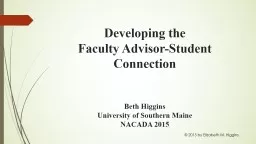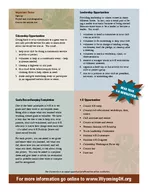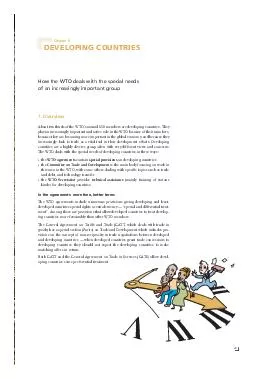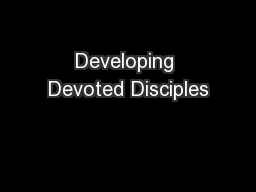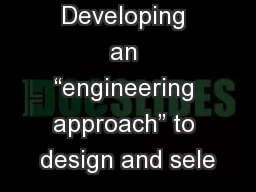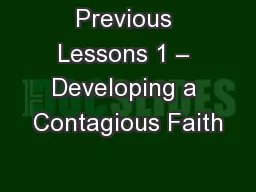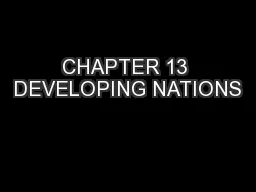PPT-Developing the
Author : mitsue-stanley | Published Date : 2016-08-03
Faculty AdvisorStudent Connection Beth Higgins University of Southern Maine NACADA 2015 2015 by Elizabeth M Higgins The role of academic advising depends on the
Presentation Embed Code
Download Presentation
Download Presentation The PPT/PDF document "Developing the" is the property of its rightful owner. Permission is granted to download and print the materials on this website for personal, non-commercial use only, and to display it on your personal computer provided you do not modify the materials and that you retain all copyright notices contained in the materials. By downloading content from our website, you accept the terms of this agreement.
Developing the: Transcript
Download Rules Of Document
"Developing the"The content belongs to its owner. You may download and print it for personal use, without modification, and keep all copyright notices. By downloading, you agree to these terms.
Related Documents

